
Peter Ponders PID - System Identification Advanced
The Discrete Fourier Transform (DFT)
This video introduces the Discrete Fourier Transform (DFT), which is how to numerically compute the Fourier Transform on a computer. The DFT, along with its fast FFT implementation, is one...
See MoreLinear Systems [Control Bootcamp]
Linear systems of ordinary differential equations are analyzed using eigenvalues and eigenvectors. This will be the mathematical foundation of this bootcamp on linear control theory.
See MoreFeedback Control and Block Diagram Introduction
How do engineers begin to design controllers to respond to disturbances and maintain set points? In this example, I'll discuss how we can design a controller...
See MoreFrequency domain – tutorial 5: Fourier transform
In this video, we learn about Fourier transform which enables us to travel from time to frequency domain when a signal is not periodic. The learning objectiv...
See MoreTypes of Machine Learning 1
This lecture gives an overview of the main categories of machine learning, including supervised, un-supervised, and semi-supervised techniques, depending on the availability of expert labels...
See MoreInternal Model Control IMC Introduction
Internal Model Control IMC Introduction
See MoreStanford CS234: Reinforcement Learning | Winter 2019 | Lecture 4 - Model Fre...
Professor Emma Brunskill
Assistant Professor, Computer Science
Stanford AI for Human Impact Lab
Stanford Artificial Intelligence Lab
Statistical Machine Learning Group
Posicast Control - 1 ( In English)
This video is an introduction to a learning journey about Posicast Control structured as follows: - Preface - Motivation - Introduction to Posicast Control - Half-Cycle Posicast
See MoreLecture 3: Electrical and Mechanical System Transfer Functions
Control Systems in Practice, Part 6: What Are Non-Minimum Phase Systems?
We like to categorize transfer functions into groups and label them because it helps us understand how a particular system will behave simply by knowing the group that it’s part of. We gain...
See MoreFirst Order Dynamics in Process Control
An overview on the identification and behavior of first order dynamics in process control.
See MoreRL Course by David Silver - Lecture 10: Classic Games
An overview of Game Theory, minimax search, self-play and imperfect information games.
See MoreLecture 7: More on Signal Flow Graphs and Block Diagram Reduction
Lectures on Adaptive Control and Learning by Tansel Yucelen
A serie of lectures on the topic of adaptive controllers.
See MoreLecture 6: Signal Flow Graphs and Mason's Gain Rule
Fuzzy Logic, Part 3: Design and Applications of a Fuzzy Logic Controller
This video walks you through the process of designing a fuzzy inference system that can balance a pole on a cart. You can design a fuzzy logic controller using just experience and intuition...
See MoreWhy Learn Control Theory
In this video I present a few reasons why learning control theory is important and try to give some motivation to continue learning.
See MoreTrimming a Simulink Model Using the Linear Analysis Tool
In this video we show how to use the Linear Analysis Tool to trim a non-linear Simulink model. This is also known as finding an operating point or an equili...
See MoreUsing a Homogeneous Transformation Matrix to Combine Rotation and Translatio...
In this video we discuss how to properly deal with coordinate frames that are both rotated and translated from one another. We develop a homogeneous transformation matrix which combines a...
See MoreData-Driven Control: Balanced Truncation and BPOD Example
In this lecture, we explore balanced truncation and BPOD on a numerical example in Matlab.
See MoreUnderstanding Sensor Fusion and Tracking, Part 2: Fusing a Mag, Accel, and G...
This video describes how we can use a magnetometer, accelerometer, and a gyro to estimate an object’s orientation. The goal is to show how these sensors contribute to the solution, and to...
See MoreTime Domain Analysis: Performance Metrics for a First Order System
In this video we introduce the concept of time domain analysis for dynamic systems. We examine a first order dynamic system and derive how various performan...
See MorePeter Ponders PID - Integrated Time Absolute Error - 4 Pole example
This video shows how to calculate the coefficients for a 4 pole ITAE and how to use the 4 pole ITAE to calculate closed loop controller gains.
See MoreSVD: Eigenfaces 2 [Python]
This video describes how the singular value decomposition (SVD) can be used to efficiently represent human faces, in the so-called "eigenfaces" (Python code, part 2).
See More
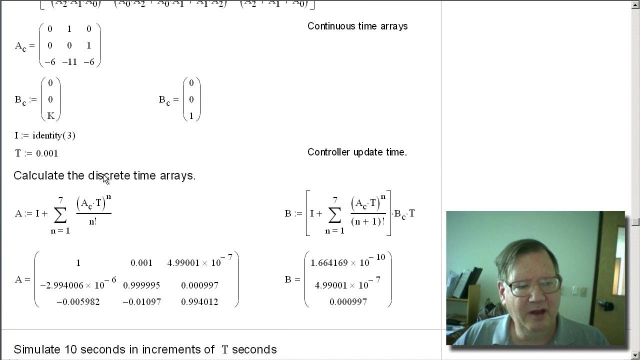
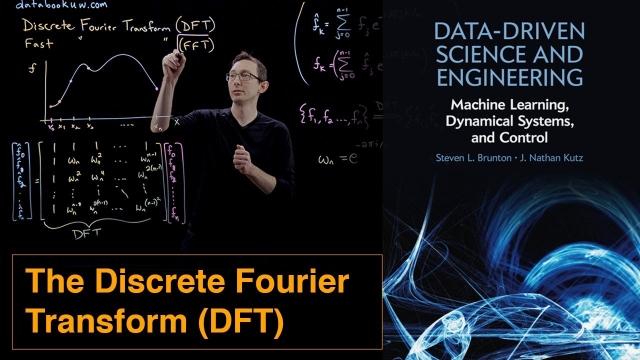
![Linear Systems [Control Bootcamp] Linear Systems [Control Bootcamp]](/sites/default/files/styles/search_resulkts/public/2020-12/maxresdefault_441.jpg?itok=5LYUu0Zj)
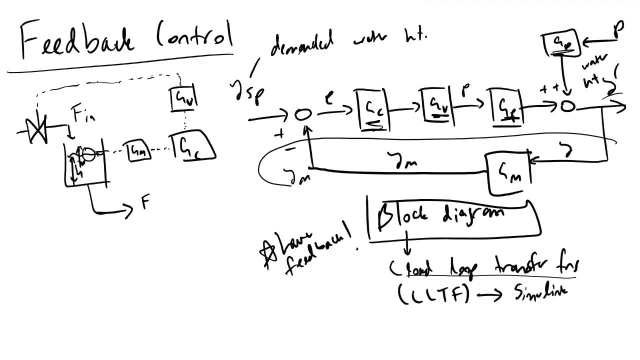
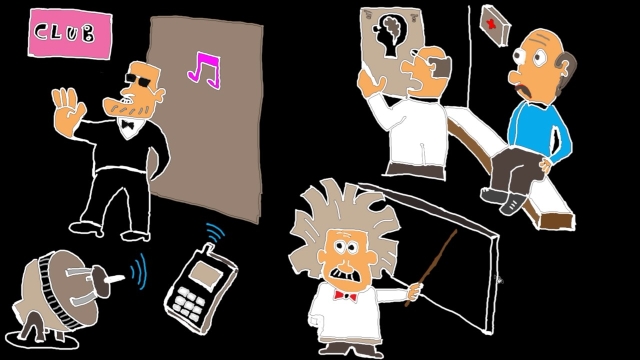
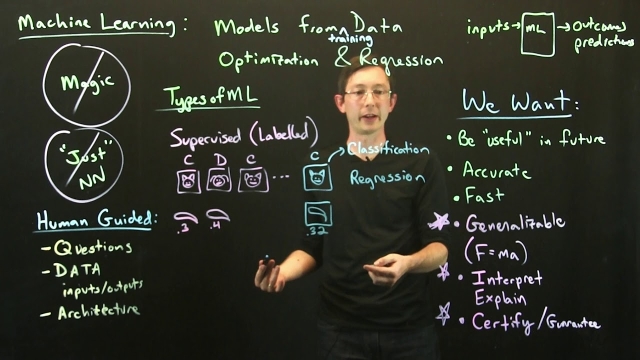
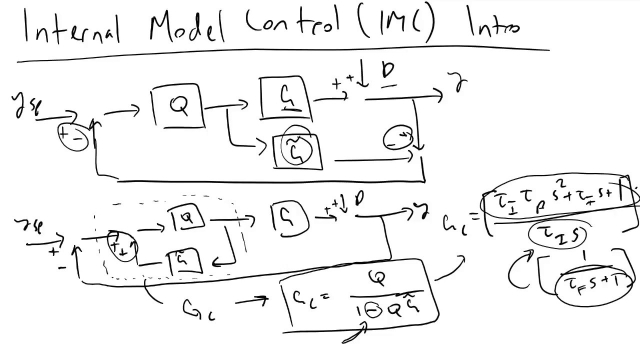
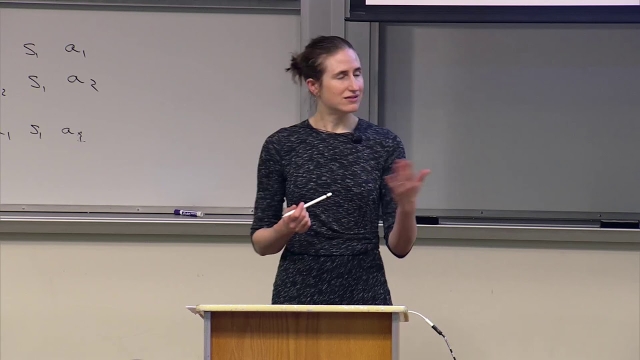
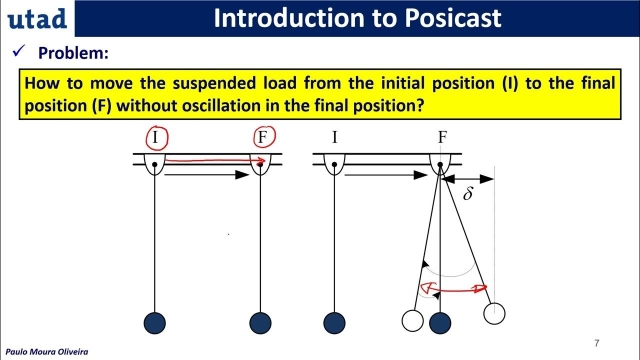
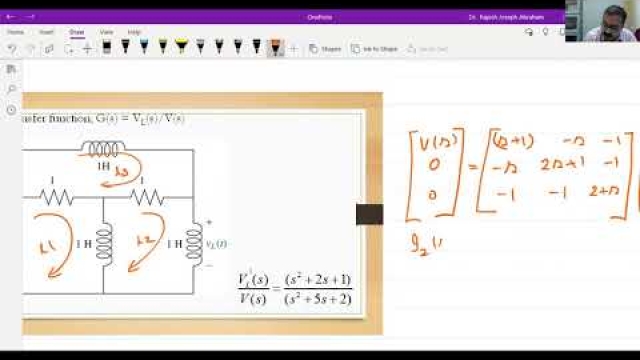


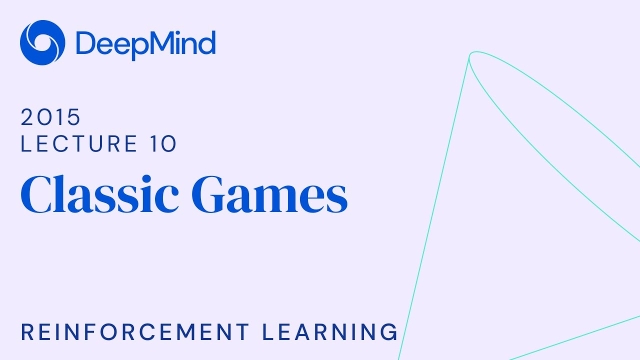



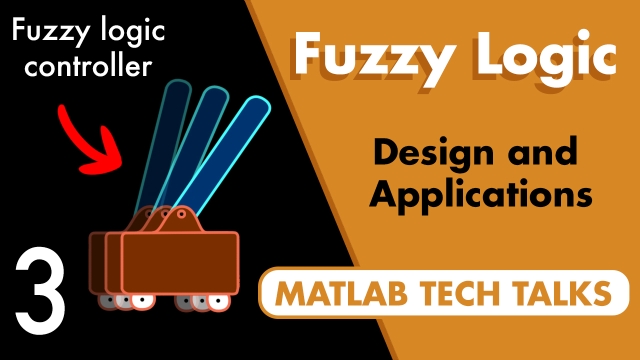
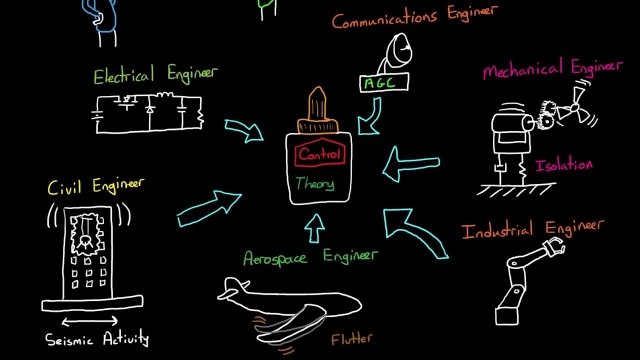
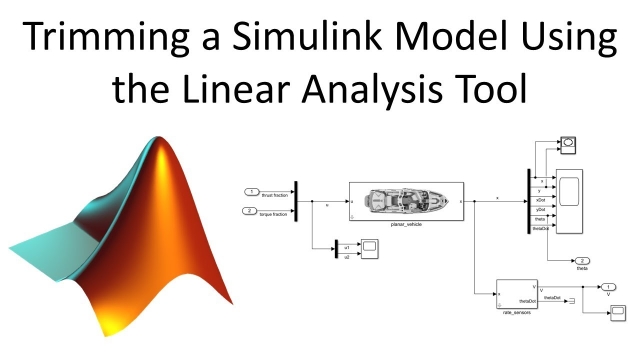
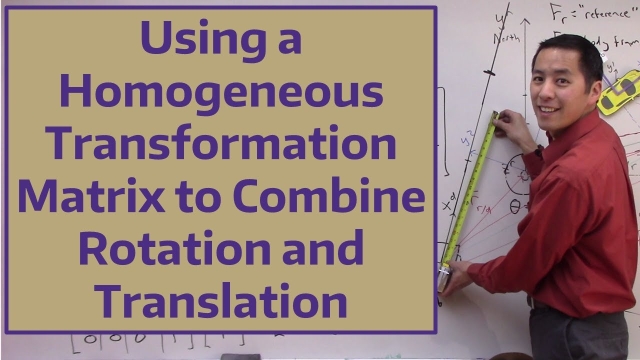
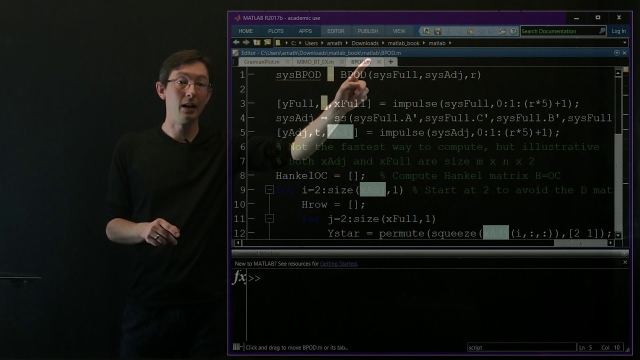
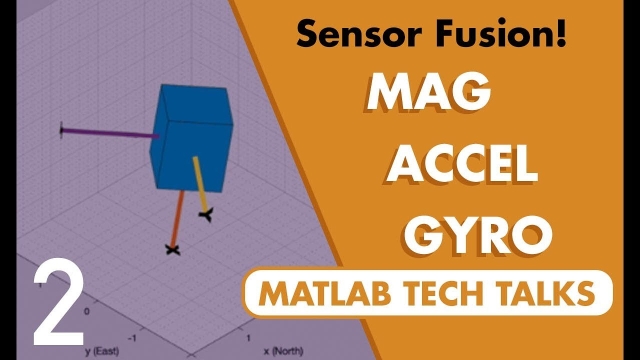
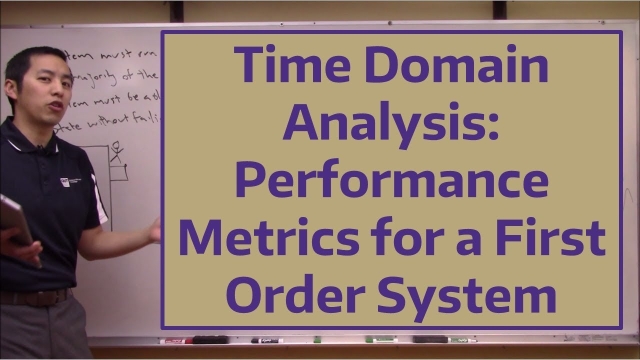

![SVD: Eigenfaces 2 [Python]](/sites/default/files/styles/search_resulkts/public/2020-12/maxresdefault_415.jpg?itok=9rg4zY8s)